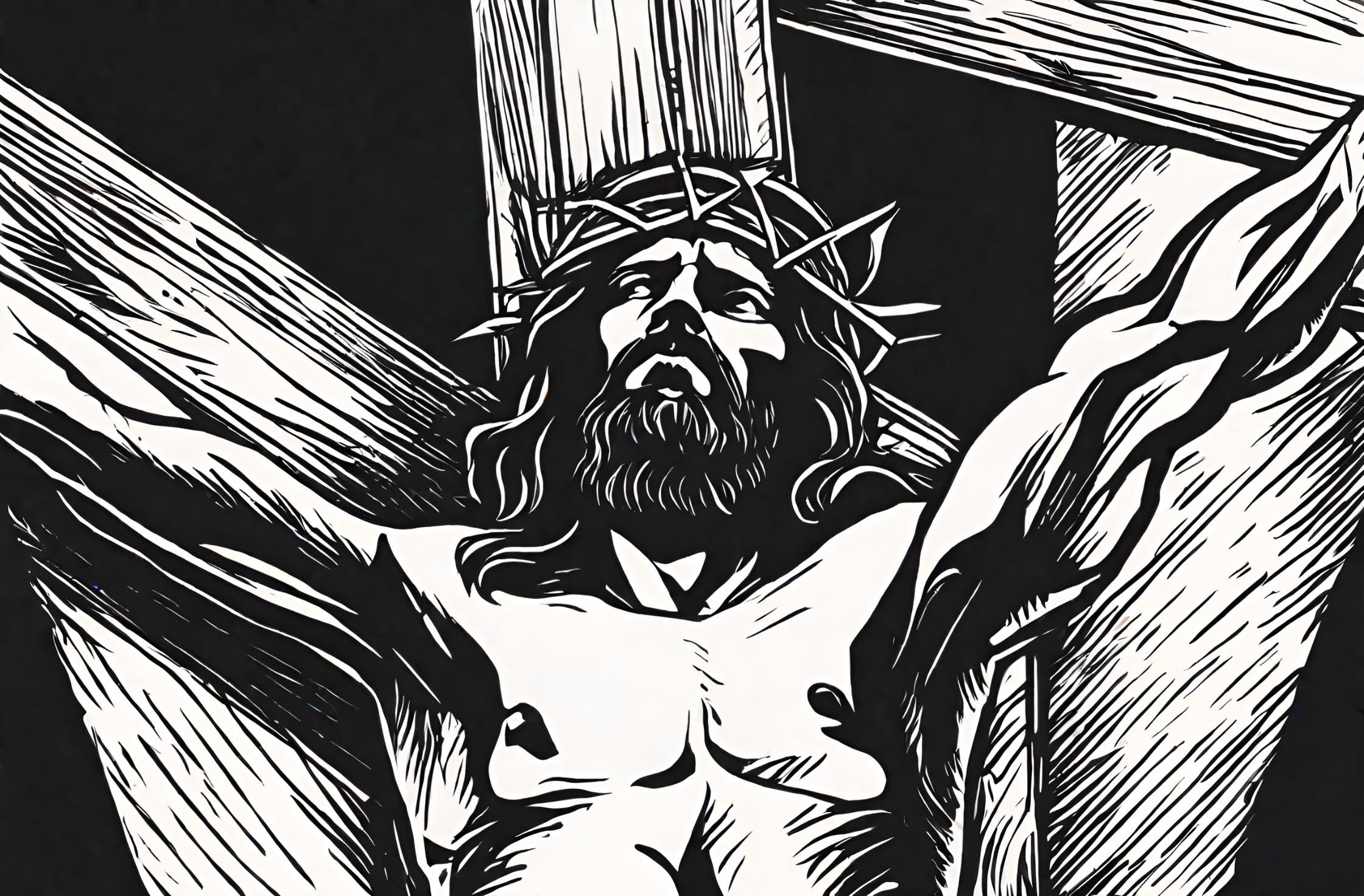Flashback to December 26
World History

The crucifixion of Jesus Christ is one of the most significant events in Christian history. According to Isaac Newton, a renowned physicist and theologian, this event took place on April 23, 34 AD. In this article, we will explore the details of Jesus Christ’s crucifixion according to Isaac Newton’s interpretation and examine its historical and religious significance.
Isaac Newton, best known for his contributions to physics and mathematics, also had a profound interest in religious studies. He dedicated a significant portion of his work to understanding the Bible and its events. Newton carefully analyzed the biblical texts and chronologies to calculate the exact date of Jesus Christ’s crucifixion.
According to Newton’s calculations, Jesus Christ was crucified on April 23, 34 AD. He arrived at this date by studying historical records, calendars, and biblical references. Newton believed that understanding the exact timing of crucial biblical events was essential for comprehending their significance in the grand scheme of God’s plan.
The crucifixion of Jesus Christ is described in the New Testament of the Bible, particularly in the four Gospels: Matthew, Mark, Luke, and John. These accounts provide various details surrounding the events leading up to the crucifixion, the crucifixion itself, and the subsequent resurrection. Newton’s interpretation aligns with the biblical narrative but focuses on the specific date.
The crucifixion of Jesus Christ is an event of immense religious significance for Christians worldwide. It symbolizes Jesus’ sacrifice and redemption for humanity’s sins, as he willingly gave his life to atone for the transgressions of mankind. The crucifixion is seen as the ultimate act of love and selflessness, serving as the foundation of the Christian faith.
By estimating the precise date of Jesus Christ’s crucifixion, Isaac Newton aimed to deepen the understanding and appreciation of this significant event. Newton’s meticulous calculations and studies were driven by his desire to shed light on biblical mysteries and provide a scientific perspective on religious matters. However, it is important to note that Newton’s calculations are based on his interpretations and may differ from other scholars’ opinions.
Understanding the date of Jesus Christ’s crucifixion according to Isaac Newton can provide believers with additional insights into the historical and religious context of this event. It allows for a more profound appreciation of the timing and symbolism associated with the crucifixion and subsequent resurrection of Jesus.
April 23, 34 AD, marks the culmination of Jesus’ earthly mission and the beginning of a new era for Christians. It is a time for reflection and gratitude for Jesus’ sacrifice and a reminder of the profound impact he continues to have on the lives of believers.
Isaac Newton’s interpretation of the crucifixion of Jesus Christ provides a unique perspective on this significant event. By calculating the precise date of April 23, 34 AD, Newton aimed to uncover the underlying mysteries and symbolism associated with Jesus’ sacrifice and redemption. Understanding the historical and religious context of the crucifixion can deepen believers’ appreciation of its significance and serve as a reminder of the enduring impact of Jesus’ life and teachings.
We strive for accuracy. If you see something that doesn't look right, click here to contact us!
Sponsored Content

Marie and Pierre Curie…
Celebrating the monumental achievement…

Claude A HelvTtius French…
Prominent French encyclopedist, Claude…

Cardinal Mindszenty is arrested…
"Cardinal Mindszenty, a significant…

Antonov-26 plane crashes at…
The Antonov-26 plane crash,…

John Whitley, air-Marshal, dies…
Renowned Air-Marshal, John Whitley,…

Arab terrorists in Athens,…
On December 26, 1968,…

